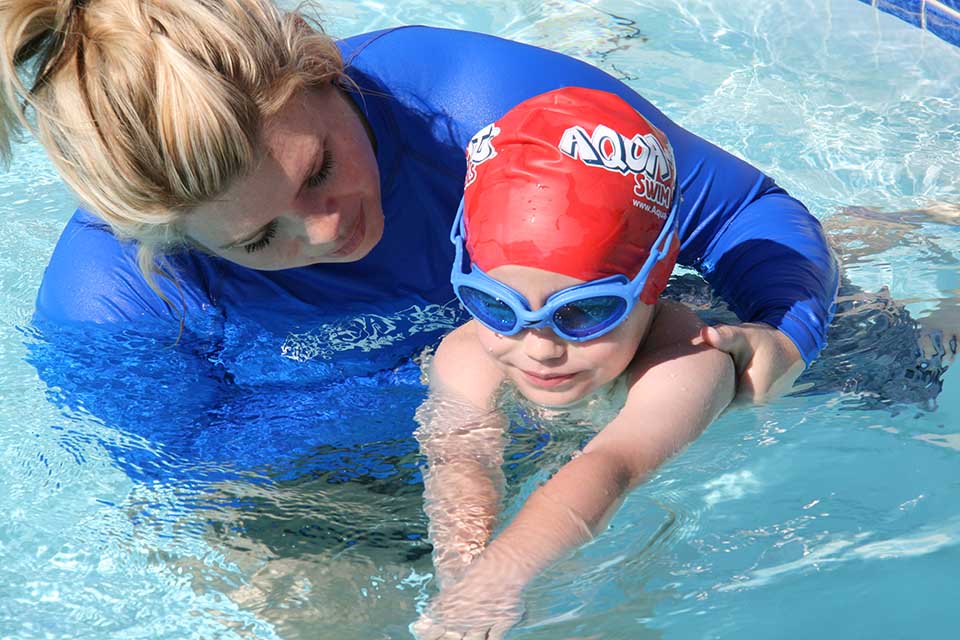Swimmer’s ear, also known as Otitis Externa, is an ear infection which affects the outer ear canal along with the external ear. It causes pain and a lot of discomfort for the swimmers of all age group. A bit of inflammation usually occurs and the person can feel pain upon tilting the head. According to The Centers for Disease Control, mostly young adults and children get affected with Swimmer’s Ear. Hence, some useful measures should always be taken in order to protect the ears if you are a regular swimmer or if you have kids at your home who are learning to swim.
In the US, it is estimated that every year 2.4 million health care unit visits are due to swimmer’s ear. However, there are some very easy steps which if followed, can actually strike out the occurrence of Otitis Externa among the swimmers. However, let us first discover the actual cause of this disease.
Cause of Swimmer’s Ear
The ears are very sensitive parts of our body. Also, they have slightly acidic balance and they are easily able to combat any kind of bacterial infections as well. However, water is also a bit alkaline. And when the water and the ear come in contact with each other, their healthy acidic environment gets changed. Also, if the water is contaminated, the ears can become the breeding place for infections.

Steps to avoid Otitis Externa (Swimmer’s Ear)
- Firstly, you must avoid swimming in the pools or water bodies which can be contaminated. You must make sure that regular cleaning and disinfection is being done there. Also, you must not dive into any public pond or rivers or lakes without checking its pollution level.
- Once you are done scrutinizing with the water body and you are sure that it’s not polluted or contaminated by any means, wear a swimming cap. It will protect your ears while swimming. However, you must put the cap properly and your ears should be fully covered.
- You should also make use of ear plugs. If you are not comfortable with caps, using these plugs are important. These come in both reusable and disposable versions. If you do not have any allergies related to latex, you can easily use the latex reusable ear plugs. Do not push the plugs too deep as it may hurt. You should read the instructions before using the plugs.
- When you exit from the pool, you need to dry the ears thoroughly. You must use a soft and clean towel and pat dry the outer ear gently. Next, tilt your head on one side and allow the water which might have got into the inner ear to come out. Repeat this process with the other ear as well. You can even make use of a blow dryer which will comfortably dry your ear. However, you must aim the dryer at the ear for about 30 seconds only. And also, the blow dryer should be kept a foot away from the ear.
- After drying out the ear properly, you can apply a home remedy. Create a mixture of vinegar and rubbing alcohol. Apply it to the ears before and after the swim. It prevents the bacteria to get into the ears. Tilt your head and pour a drop of the mixture on one ear with a dropper. Hold it on for 10 seconds and then allow the solution to drain out. Repeat the same with the other ear.
Added Precautions
In case you have undergone any kind of ear surgery before, or if you have a perforated ear drum, you should not use the diluted mixture or any other liquid into your ears without consulting the doctor. Visit a doctor, a specialized ENT and then make sure that you follow his/her instructions. If you are going for a vacation any time soon, and if you have suffered from swimmer’s ear in the past, a doctor’s consultation is really vital. You must carry with yourself the ear plugs, a hair dryer and the alcohol & vinegar mixture. This way, you will be able to avoid Otitis Externa to a great extent.
To know more that how can you protect your ear while swimming and if you are interested in swimming please visit: www.aquatots-houston.com

